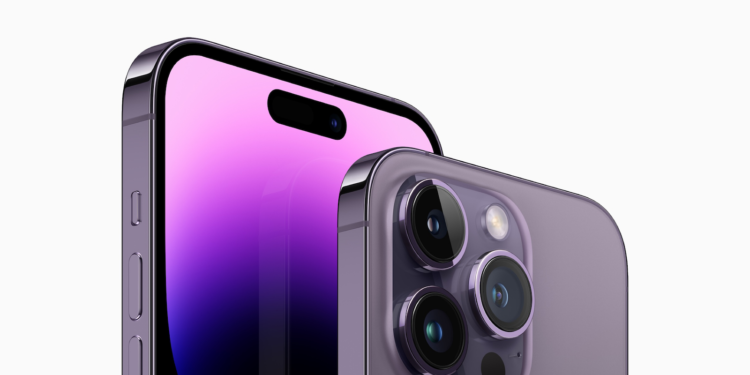The new iPhone 14 Pro Max lasts two hours longer than the iPhone 13 Pro Max. This was the result of a battery life test by Tom's Guide, which is designed to simulate real-world use.
In his review of the iPhone 14 Pro Max writes Tom's Guide found that the iPhone 14 Pro Max lasted an average of 14 hours and 42 minutes on a single full charge. In a similar test, the iPhone 13 Pro Max lasted 12 hours and 16 minutes. In Tom's Guide's ranking of smartphone battery life, the iPhone 14 Pro Max now ranks second behind the Asus ROG Phone 6 Pro, which managed 15 hours and 30 minutes.
Charging speed does not match Apple's specifications
In Tom's Guide's testing, the iPhone 14 Pro Max was found to only drain 30% of its battery in 5 hours while downloading apps, listening to music, and taking photos and videos.
The iPhone 14 Pro Max performed quite well in terms of endurance. After charging it to nearly 90% and then using it from 1pm to 6pm for downloading apps, playing music, and taking photos and videos, the phone's battery only dropped to 60%.
As for charging, Tom's Guide's test results fall short of Apple's claim that the iPhone 14 Pro Max can charge up to 50 mAh in under 30 minutes. Tests conducted by the tech blog showed that it charged from 0 mAh to 42 mAh in half an hour.
iPhone 14 Pro Max works more efficiently
Unfortunately, the iPhone 14 Pro Max sticks to 20W charging, so there are faster devices out there. When charging an empty iPhone 14 Pro Max, we only got 42W in 30 minutes; Apple claims you can get 50W, so we'll repeat the test and update this review. In comparison, the Galaxy S22 Ultra with its 25W charger got 58W in 30 minutes, and the OnePlus 10 Pro got 93W and 55W in 15 minutes, benefiting from 65W charging speeds.
Compared to the iPhone 13 Pro Max, the iPhone 14 Pro Max has a slightly smaller battery, but benefits from the new A16 Bionic chip and a more efficient display. Unlike the iPhone 13 Pro, the iPhone 14 Pro has a more advanced OLED display with a variable refresh rate of just 1 Hz, compared to 10 Hz on last year's iPhone. In addition to the more efficient OLED panel, the display is now controlled by a new display engine in the A16 Bionic chip, which reduces power consumption and enables features such as ProMotion, Dynamic Island and the Always-On Display. (Image: Apple)





